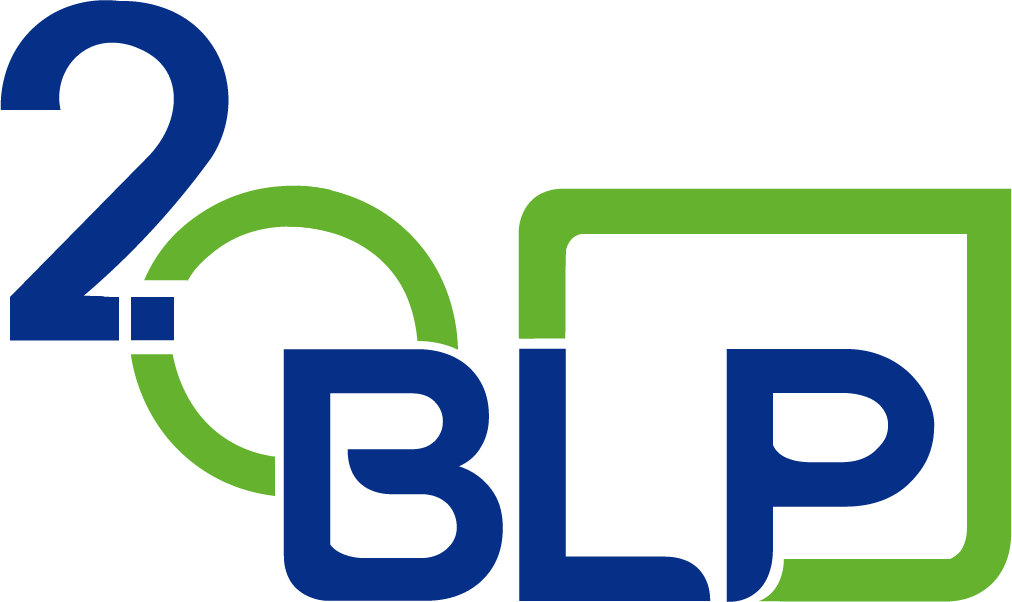When a company wants to market its brand, it must take into account several prior considerations to determine whether the use of the brand infringes rights of third parties, or, if its use goes against the requirements contained in trademark legislation.
Erroneously, these considerations are often not addressed until after the company has already invested in the creation of the logo and brand advertising. In order to avoid unnecessary risks and future expenses, this mistiming must be avoided at all costs.
In addition to the always recommended background study to know if a third party has registered a similar mark for identical or related products or services, there is another consideration of great relevance contained in the third section of Article 6 of the Paris Convention and supported by article 7, subparagraphs m) and n) of Law 7978, Law of Trademarks and Other Distinctive Signs.
Taken together, these articles prohibit the use and registration of marks that reproduce or imitate shields, flags or other emblems, acronyms, denominations or abbreviations of any State or international organization, without authorization of the competent authority, or reproduce or imitate official signs of control or guarantee adopted by a State or a public entity, without authorization from the competent authority of that State.
This prohibition is accentuated when in some way confusion is created in the consumer, which leads him to think that the product or service he is acquiring is backed by quality criteria of the corresponding country, or it is a good or service sponsored by the international organization whose name or abbreviation is reproduced.
These emblems, signs of control, stamps, and names and acronyms of international organizations are not protected territorially in each country through an inscription procedure before each Trademark Office. The procedure that was defined is communication or notification by each State or international intergovernmental organization to the International Office of the World Intellectual Property Organization (WIPO), which acts as an intermediary to inform the public of such communications.
These notifications are published semiannually on the WIPO website. In addition, a database was created to search if the desired brand reproduces or imitates any sign of a State or international governmental organization, which is extremely useful since it is impossible to know emblems used by all countries or remember the names of all international organizations. This database can be consulted through the following link:
When a company wants to market its brand, it must take into account several prior considerations to determine whether the use of the brand infringes rights of third parties, or, if its use goes against the requirements contained in trademark legislation.
Erroneously, these considerations are often not addressed until after the company has already invested in the creation of the logo and brand advertising. In order to avoid unnecessary risks and future expenses, this mistiming must be avoided at all costs.
In addition to the always recommended background study to know if a third party has registered a similar mark for identical or related products or services, there is another consideration of great relevance contained in the third section of Article 6 of the Paris Convention and supported by article 7, subparagraphs m) and n) of Law 7978, Law of Trademarks and Other Distinctive Signs.
Taken together, these articles prohibit the use and registration of marks that reproduce or imitate shields, flags or other emblems, acronyms, denominations or abbreviations of any State or international organization, without authorization of the competent authority, or reproduce or imitate official signs of control or guarantee adopted by a State or a public entity, without authorization from the competent authority of that State.
This prohibition is accentuated when in some way confusion is created in the consumer, which leads him to think that the product or service he is acquiring is backed by quality criteria of the corresponding country, or it is a good or service sponsored by the international organization whose name or abbreviation is reproduced.
These emblems, signs of control, stamps, and names and acronyms of international organizations are not protected territorially in each country through an inscription procedure before each Trademark Office. The procedure that was defined is communication or notification by each State or international intergovernmental organization to the International Office of the World Intellectual Property Organization (WIPO), which acts as an intermediary to inform the public of such communications.
These notifications are published semiannually on the WIPO website. In addition, a database was created to search if the desired brand reproduces or imitates any sign of a State or international governmental organization, which is extremely useful since it is impossible to know emblems used by all countries or remember the names of all international organizations. This database can be consulted through the following link:
By way of example, Costa Rica has a registry for “Essential Costa Rica” to protect a broad list of products and services, so that no company in a member country of the Paris Convention could use a similar sign to market products or related services.
On the other hand, one may market with a mark that contains a sign of control or guarantee that is recognized by the State. By obtaining an authorization for the use of such sign or guarantee, one may incorporate the sign or guarantee into the brand’s use making the brand more valuable and creating an impact at the international level.
Unfortunately, obtaining such authorization can be problematic since there is an information gap about which entity is in charge of granting it. Many countries have not defined a specific office for this function. This is the case in Costa Rica, where there is no specific office to allow the country’s flag to be added to the brand that is marketed to give the message to the consumer that it is a brand of Costa Rican origin. In fact, Law N ° 18, regulating the use of National Symbols – Flag and Shield -, indicates in article 13 that private individuals will not be able to put the National Coat of Arms on their brands, so that in no way could such authorization be granted, and only the possibility of using the country’s name on the brand exists.
Regarding the authorization, the Industrial Property Registry of CR has accepted as sufficient authorization to understand as approval of use the fact that the trademark that is intended to be registered is previously registered in its country of origin. This is the case of the FRANCE IS IN THE AIR brand requested by SOCIETÉ AIR FRANCE. The Registry previously denied the registration because it contained the name of France, and in the process of appealing, the Administrative Registry Court determined that the fact that the trademark was registered in France, as demonstrated by registration certificates provided by the company, demonstrated authorization implicit on the part of the Government of France enabling registration of the mark in other countries, and was sufficient proof that the request was endorsed by the country of origin, and therefore authorized by the French government.
Normally, most cases are not as simple since they do not expressly contain the name of a country, and that is where the search in the aforementioned database becomes another ally to avoid future contingencies.
BLP.



